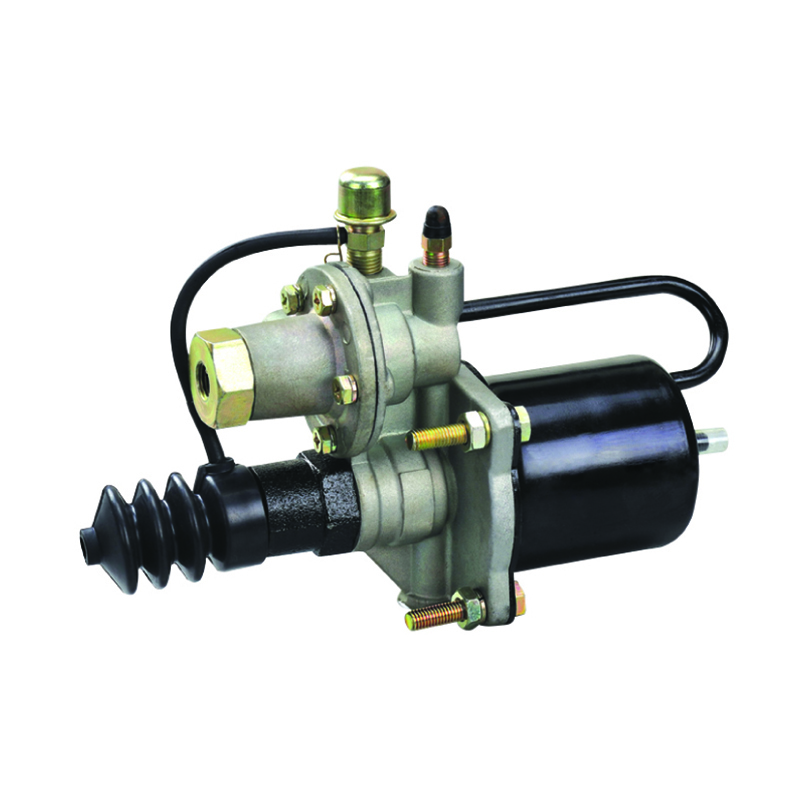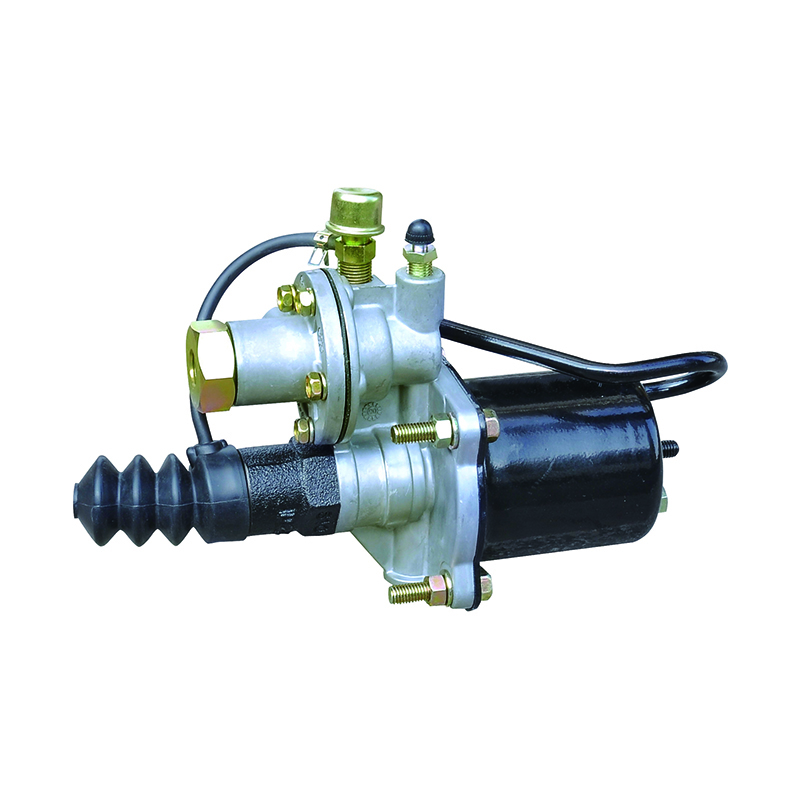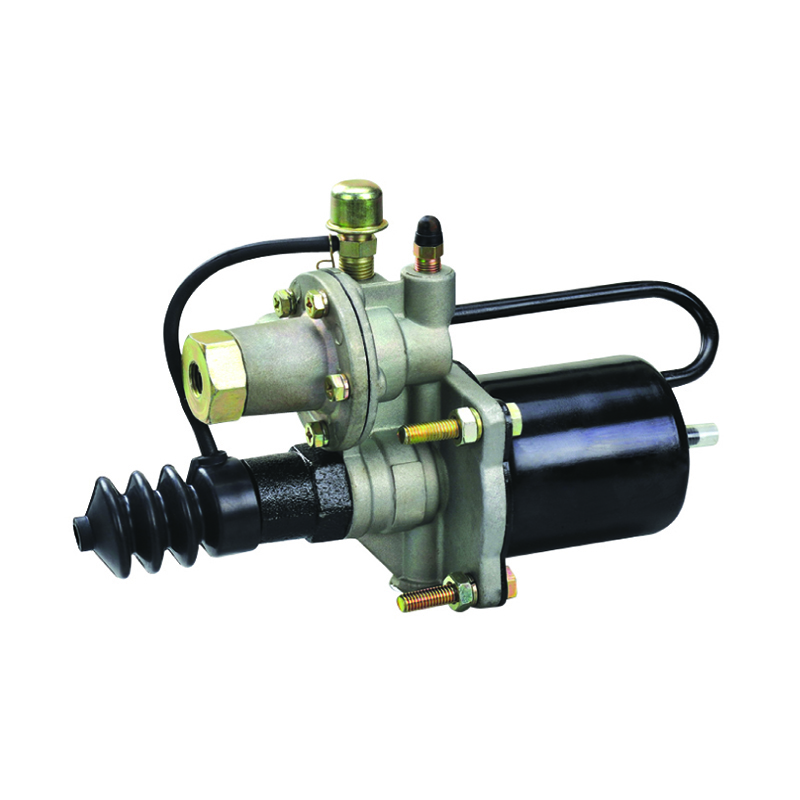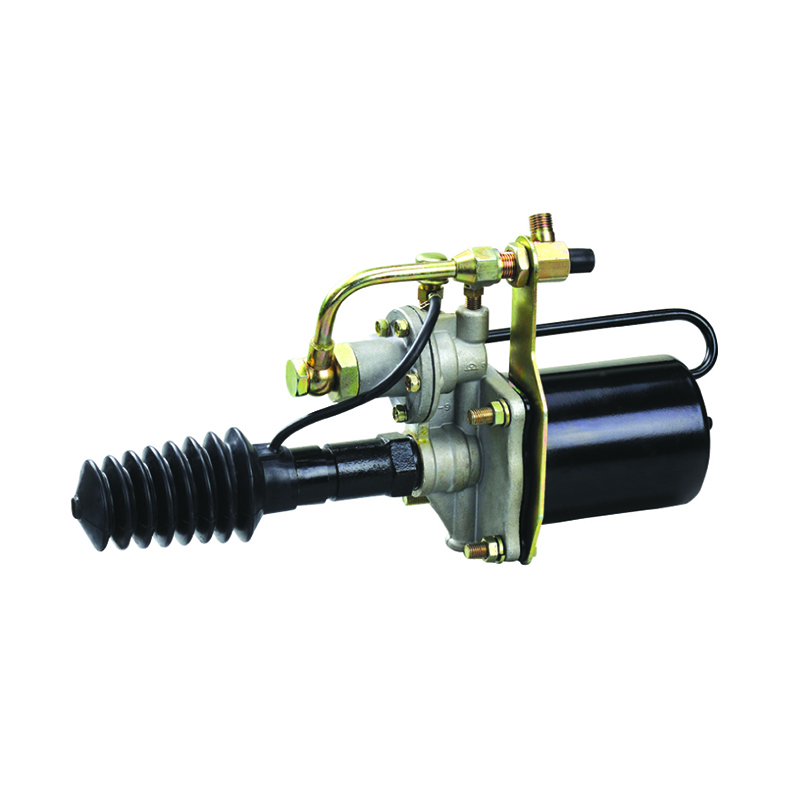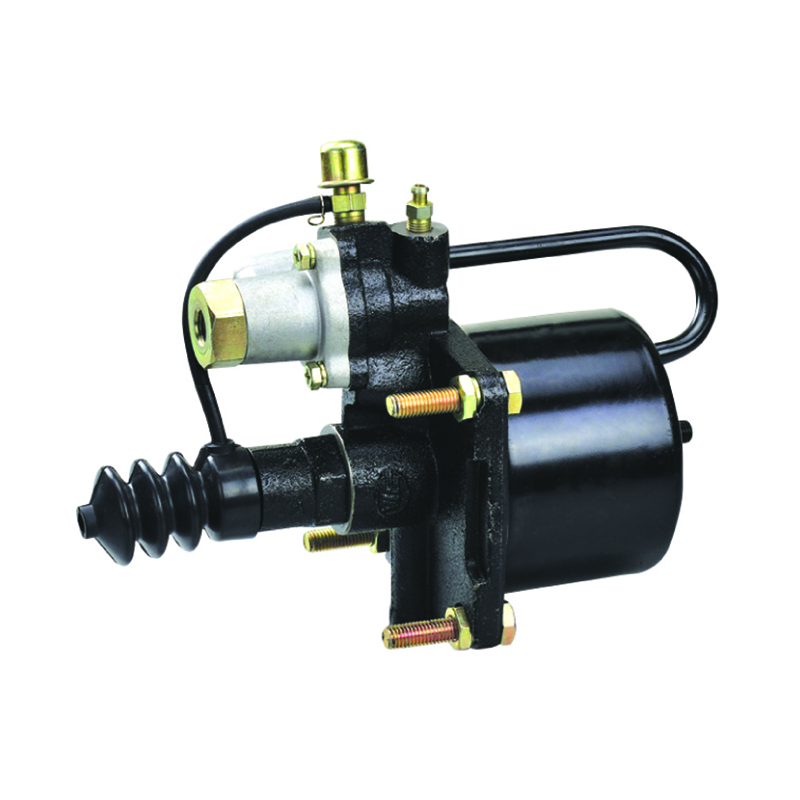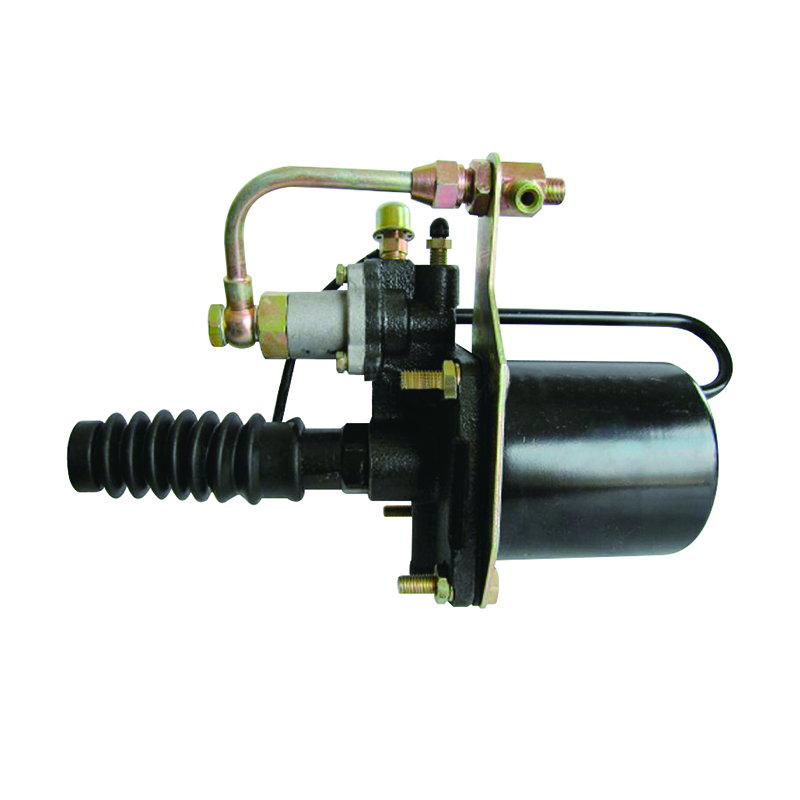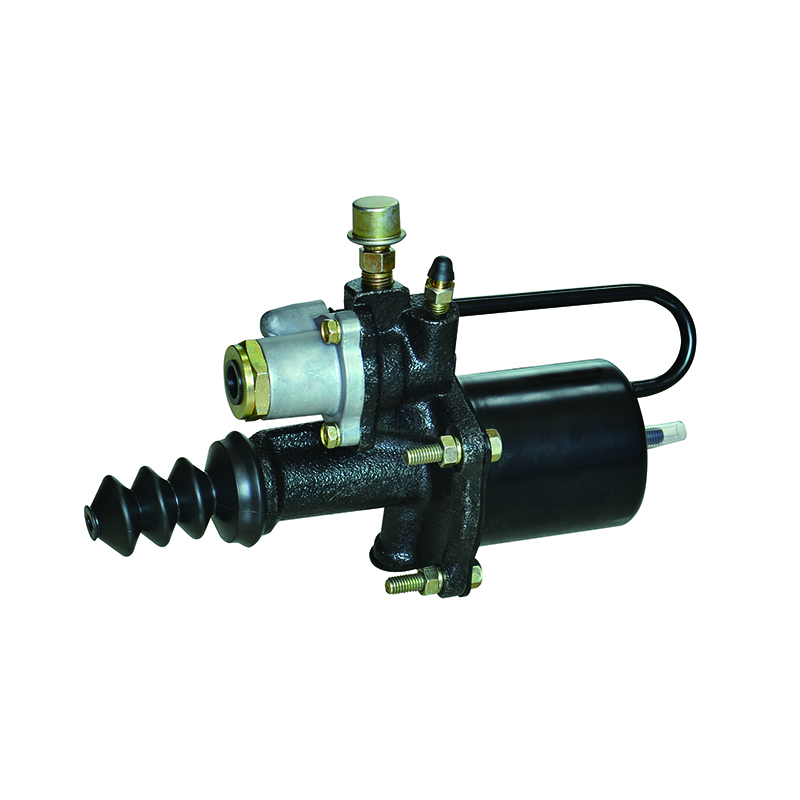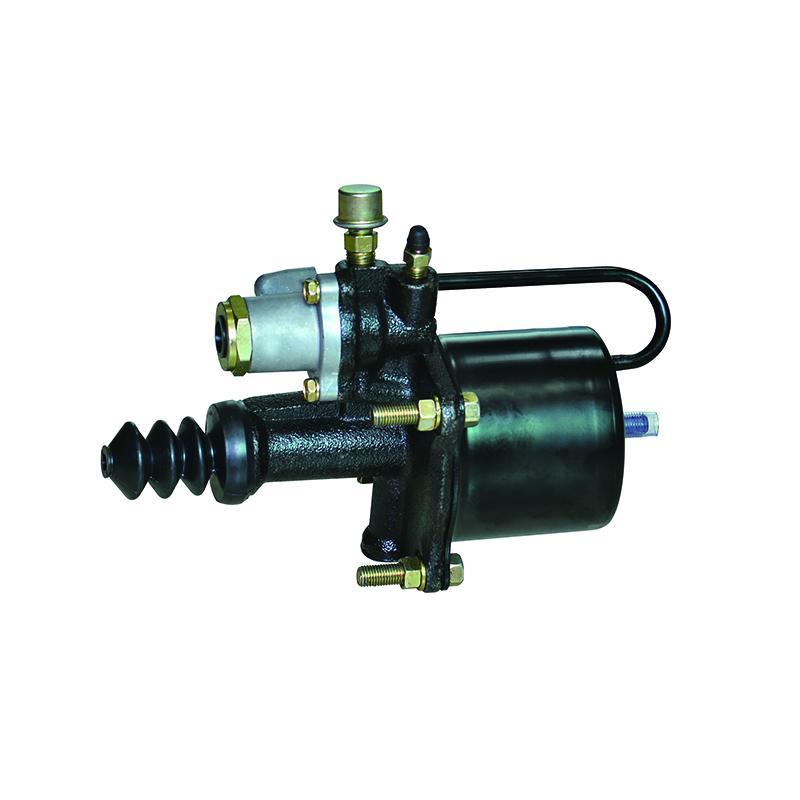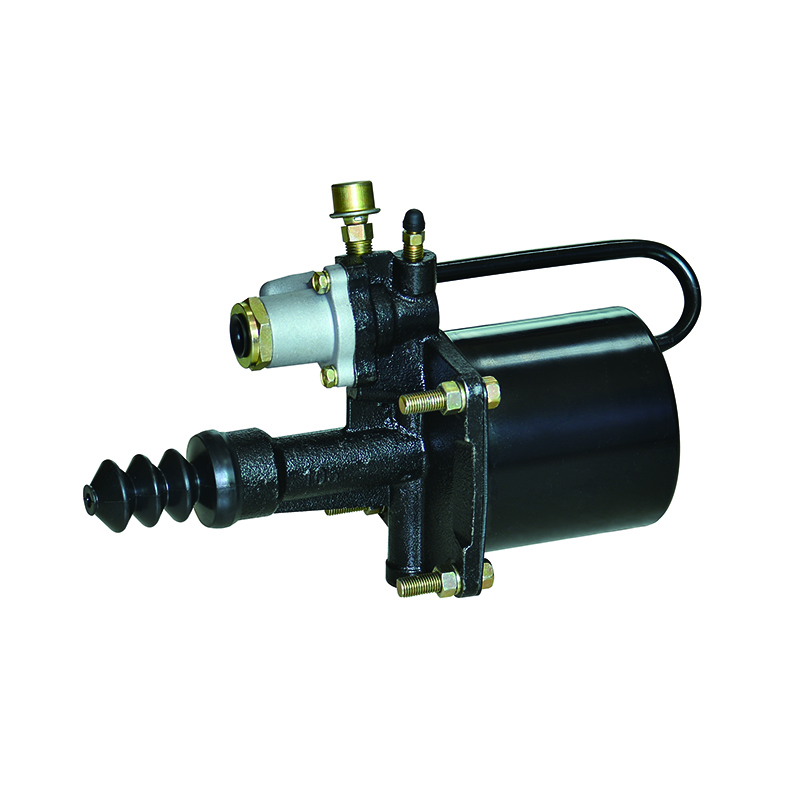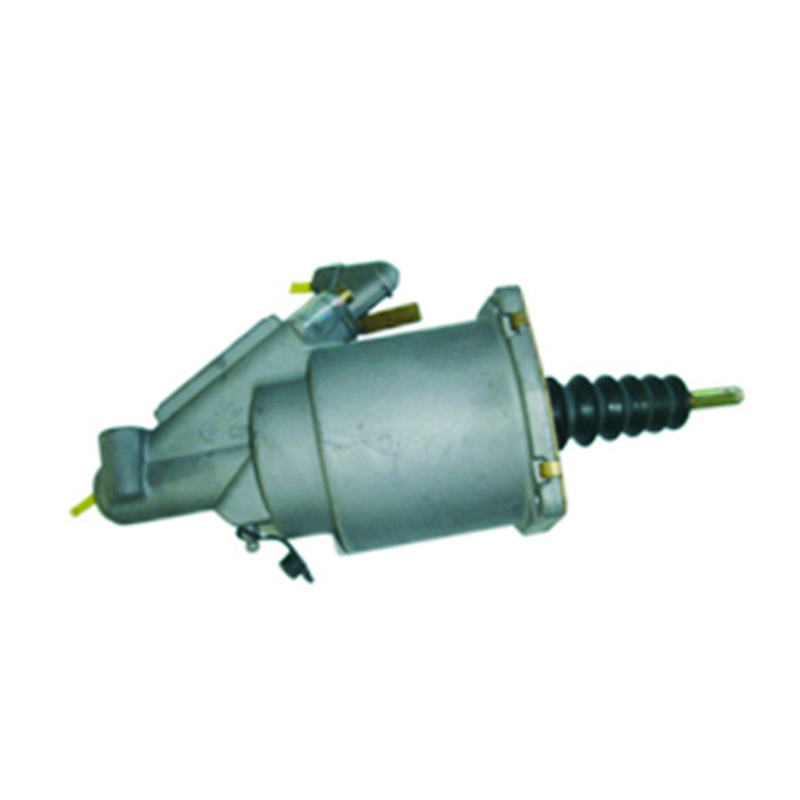For exclusive deals and latest offers, signup by entering your email address below.
How to Test an ISUZU Brake Booster
An Isuzu brake booster can cost as little as $416 or as much as $754, depending on the model and location. The booster is an electronic component that sits between the brake pedal and master cylinder and provides brake force by using hydraulic or vacuum pressure. The most common type is a vacuum booster, which is a round drum mounted directly under the hood, in front of the driver. To replace the booster, the mechanic must first remove the master cylinder and brake lines.
A booster has two chambers. One chamber is linked to the brake pedal and the other chamber to the master cylinder. The rod from the brake pedal assembly runs through the center of the diaphragm. When the pedal is depressed, a shaft moves forward to open the valve in the chamber on the back side. The shaft presses against a pushrod on the master cylinder. A spring then returns the shaft and valves to their original positions, equalizing the vacuum and increasing the brake pedal pressure.
A faulty brake booster can cause engine vacuum problems and a costly brake system repair. A faulty brake booster can also lead to hard power brakes or increased stopping distance. A faulty booster may also result in a misfire at idle and poor fuel mileage. The check engine light may illuminate, and OBD trouble codes may be stored in the computer. Lastly, a faulty brake booster can cause difficulty pressing the brake pedal.
A brake booster is an essential component in any vehicle. When it is functioning properly, it will keep the brake pedal from becoming too hard or failing altogether. Performing a vacuum brake booster test is easy and can be done by anyone with a mechanical aptitude. To test a brake booster, turn off the ignition and pump the brake pedal several times. Press the pedal lightly while turning the ignition. If the brake pedal gives way a bit and returns to normal, the brake booster is working.
A brake booster amplifies the force of the brake pedal and transfers it to the master cylinder. The system separates two types of braking systems. Manual brakes use a master cylinder while power-assisted braking relies on the booster. Brake boosters are available in many types, including electric-powered and hydraulic. They usually mount on the firewall in the engine compartment. The booster consists of a vacuum chamber with a diaphragm in the center.
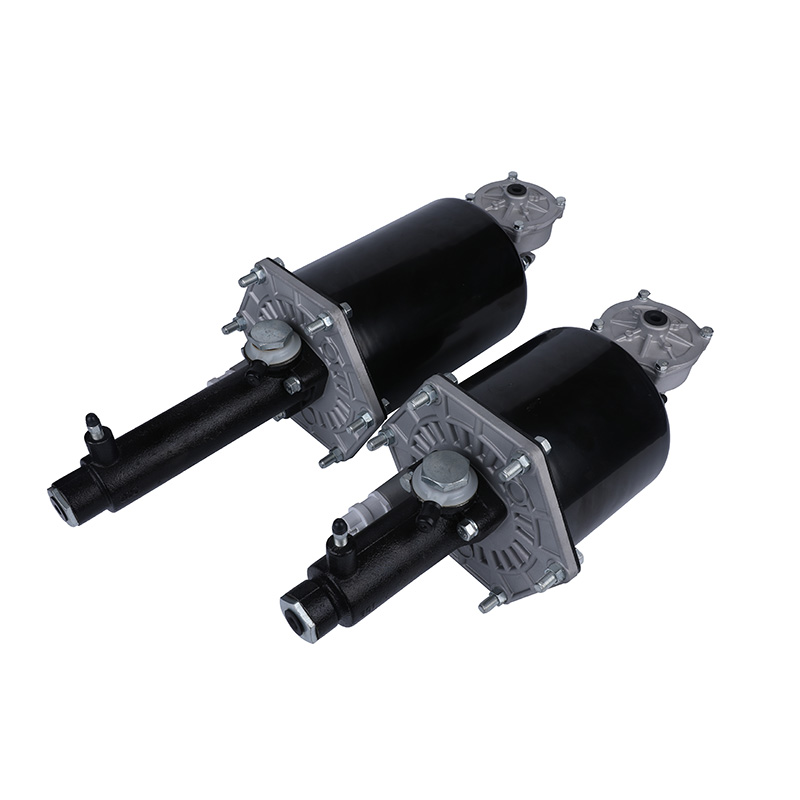


 English
English 中文简体
中文简体
